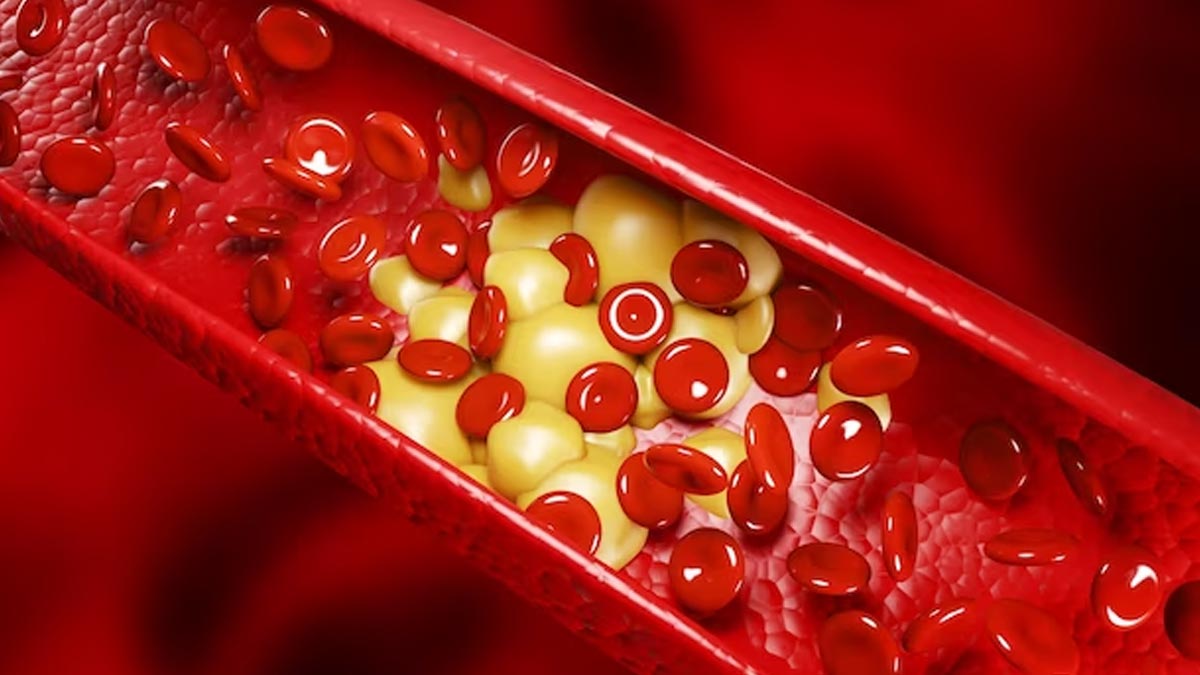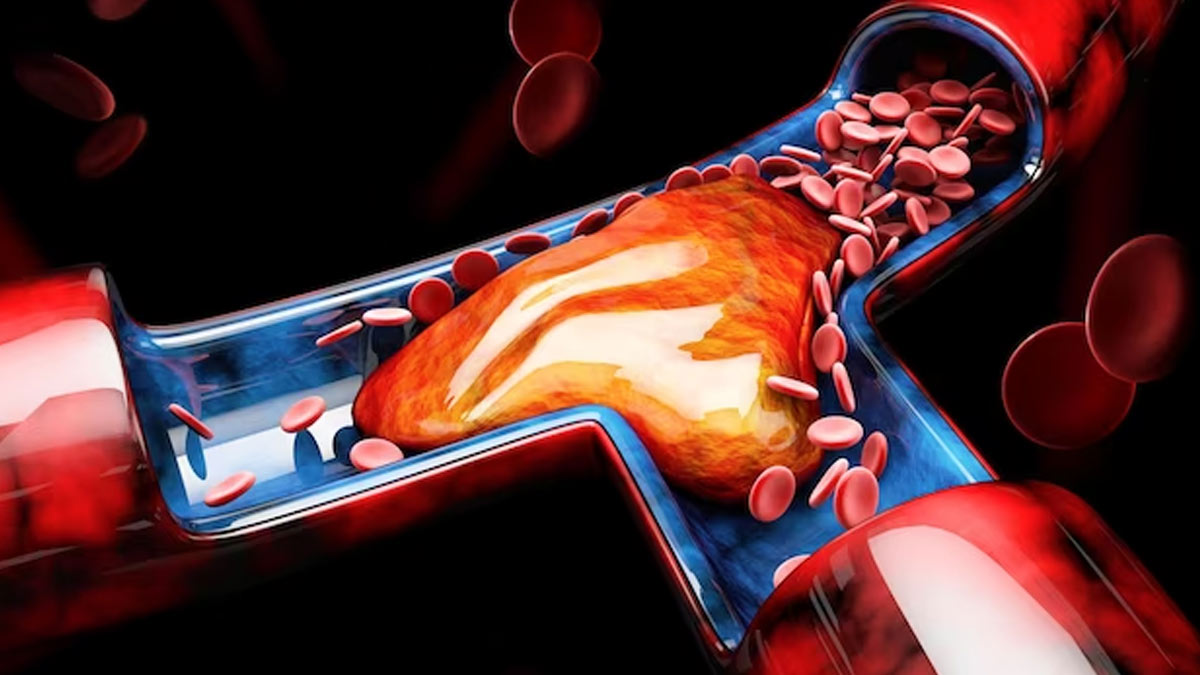Understanding The Risk Of Calcium Buildup In Your Arteries: Warning Signs To Note


Calcium is an essential mineral that helps in maintaining strong bones and teeth, supporting muscle function, nerve transmission, and proper blood clotting. But did you know that calcium deposits can build up in the arteries of the heart leading to a condition called Coronary Artery Calcification (CAC). This process, often seen as a marker of atherosclerosis, which is the thickening of the arteries caused by a buildup of plaque, can restrict blood flow, increase the risk of heart attacks, and serve as an indicator of potential Cardiovascular Disease (CVD).
Speaking with the OnlyMyHealth team, Dr (Col) Manjinder Sandhu, Principal Director – Cardiology, Max Healthcare, Gurugram and Delhi, explains the cause of CHC and how it can be prevented.
Coronary Artery Calcification

“CAC is a phenomenon wherein calcium accumulates in your heart’s two main arteries, called coronary arteries,” explains Dr Sandhu, adding, “The condition typically emerges after around five years of plaque (fat and cholesterol) buildup in your arteries. With the buildup of plaque in the arteries, blood flow is impeded and this in turn affects the supply of oxygen-rich blood to your heart muscle.”
Also Read: Excessive Alcohol Consumption Can Lead To Dementia: Warning Signs
According to the doctor, restricted blood flow through your coronary arteries can lead to chest pain or even precipitate a heart attack. The condition can be of two main types, namely intimal, involving the inner layers of the artery and medial, which is when the middle artery layer gets affected.
A research paper published in the StatPearls Publishing found that the presence of coronary artery calcification is age and gender-dependent, suggesting that it is present in 90% of men and 67% of women older than the age of 70.
“People with metabolic syndrome, dyslipidemia, tobacco use, hypertension, chronic kidney disease, and a high baseline C-reactive protein level are at an increased risk to develop coronary artery calcification,” the paper adds.
Causes

Dr Sandhu says, “Calcium deposits are more likely to be attracted to damaged, inflammatory, or healed arteries. After the age of 40, certain regions of your body may accumulate calcium from your bloodstream. While the process can begin in your 20s, your doctor might not see it until it has grown sufficiently to show it up on imaging tests. Additionally, the majority of people in their 20s and 30s wouldn’t have a reason to go for imaging.”
In addition, the doctor explains, “Plaque continues to build up alongside calcium deposits, which begin small (.5 m or micron/micrometre) and develop to be greater than 3 mm. Researchers are of the view that microcalcification begins in the intimal layer when smooth muscle cells begin to die.”
Also Read: Why People With High Blood Sugar Feel Thirsty
Warning Signs Of Calcium Build-Up In The Arteries
Calcium buildup in arteries has the ability to affect regular blood flow only when the concerned artery is partially or completely blocked. Therefore, symptoms appear based on which artery is affected, says the doctor. Common symptoms of blocked coronary artery include:
- Shortness of breath
- Heaviness in the chest
- A sluggish or rapid heartbeat
- Pain in the chest with the smallest amount of exertion
Signs of calcium blockage in the artery providing blood to the brain include:
- Dizziness
- Slurred speech
- Memory loss
- Weakness in the hands and legs
- A sudden and severe headache
- Trouble staying balanced
Calcium deposits in the peripheral arteries of the legs, arms, or pelvis can cause:
- Numbness in the legs
- Tingling in the affected area
- Discomfort
Prevention Is Key

Some of the ways to reduce the risk of calcium buildup include:
- Increase the consumption of green vegetables in your diet, such as broccoli and brussels sprouts. These meals have a lot of vitamin K, which helps prevent calcium from building up in the arteries.
- Consume a balanced diet that includes all the required nutrients.
- Quitting smoking will stop issues from the inside lining of arteries from developing as well as avoid additional damage.
- A daily dose of exercise can go a long way to reduce the accumulation of calcium and cholesterol inside the artery. Exercise burns body fat and prevents it from lingering in the blood for an extended period of time.
- Reduce your consumption of sodium as it is one of the major causes of hypertension. High blood pressure weakens the arterial wall thereby increasing the likelihood of calcium accumulation in the arteries.
Conclusion
Just like Low Density Lipoprotein (LDL) or ‘bad’ cholesterol buildup, calcium deposits in the walls of the arteries can contribute to the hardening of arteries and potentially leading to conditions like atherosclerosis, which in turn cause arterial narrowing, reduced blood flow, and increased risk of cardiovascular diseases. The difference lies in the composition, initiation and progression among other things, says Dr Sandhu. However, managing both the conditions is essential for maintaining heart health.
